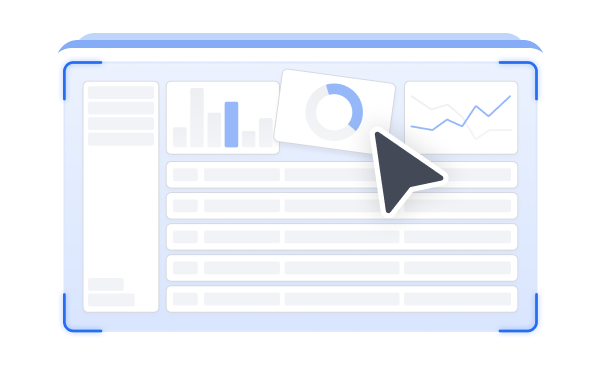Trilogy Energy Solutions Introduces Fractional Services for Small Midstream Energy Companies and Startups
Dallas, TX - October 10, 2023 - Trilogy Energy Solutions, a leading provider of software solutions for the energy industry, is excited to announce the launch of its new Fractional Services offering. This groundbreaking offering empowers small and emerging midstream energy companies and startups to streamline their operations by outsourcing critical functions such as gathering and plant allocations, scheduling and deal entry, netback allocation, and settlements.
As small and emerging players in the energy sector face increasing pressure to optimize efficiency and reduce costs, Trilogy Energy Solutions recognizes the need for comprehensive support tailored to their unique requirements. Our fractional service is designed to alleviate the administrative burden associated with essential business processes, enabling companies to focus on their core competencies and drive growth.
Key features and benefits of Trilogy Energy Solutions’ fractional service include:
Gathering and Plant Allocations: By outsourcing this critical function, small midstream energy companies and startups can rely on Trilogy Energy Solutions’ expertise to accurately allocate gathering and plant volumes, ensuring precise tracking and reporting.
Scheduling and Deal Entry: The fractional service takes care of scheduling and deal entry activities, freeing up valuable internal resources. Trilogy Energy Solutions’ skilled professionals handle these tasks efficiently, ensuring seamless execution and minimizing errors.
Netback Allocation: With the fractional service, companies can leverage Trilogy Energy Solutions’ expertise in netback allocation methodologies. This ensures accurate allocation of revenues, enhancing profitability and financial transparency.
Settlements: The fractional service covers settlement processes, including invoice preparation, reconciliation, and payment processing. Companies can rely on Trilogy Energy Solutions’ specialized team to handle settlements efficiently and accurately, reducing operational complexity.
“Our new Fractional Service is a game-changer for small midstream energy companies and startups,” said Joshua Stein, Chief Financial Officer at Trilogy Energy Solutions. “By outsourcing critical functions such as gathering and plant Allocations, scheduling and deal entry, netback allocation, and settlements, we empower these companies to optimize their operations, reduce costs, and focus on their strategic objectives.”
Trilogy Energy Solutions is committed to providing innovative solutions that address the evolving needs of the energy industry. The fractional services offering complements the company’s comprehensive suite of software solutions, empowering energy companies to optimize their operations, drive growth, and thrive in a competitive landscape.
About Trilogy
Trilogy is a leading provider of C/ETRM, ERP and Fractional services for midstream oil and gas. Their Integrated Energy System (TIES) is a fully integrated solution for producer services, gatherers and transporters, marketers and traders, and natural gas processors which is offered on premise and in the Cloud. For more information, please visit https://www.trilogyes.com.

